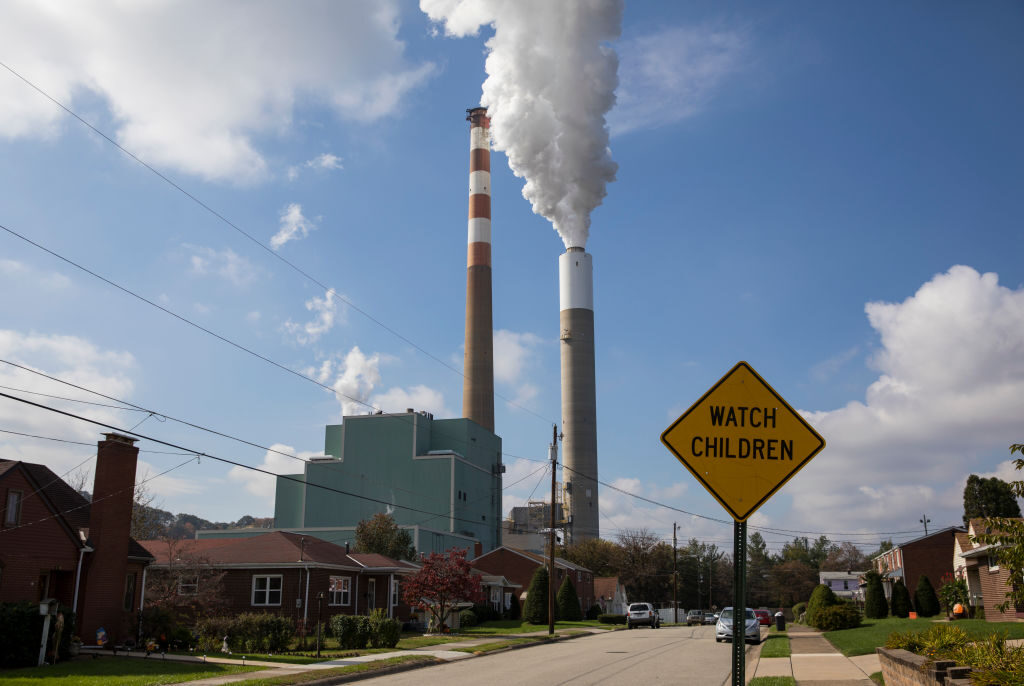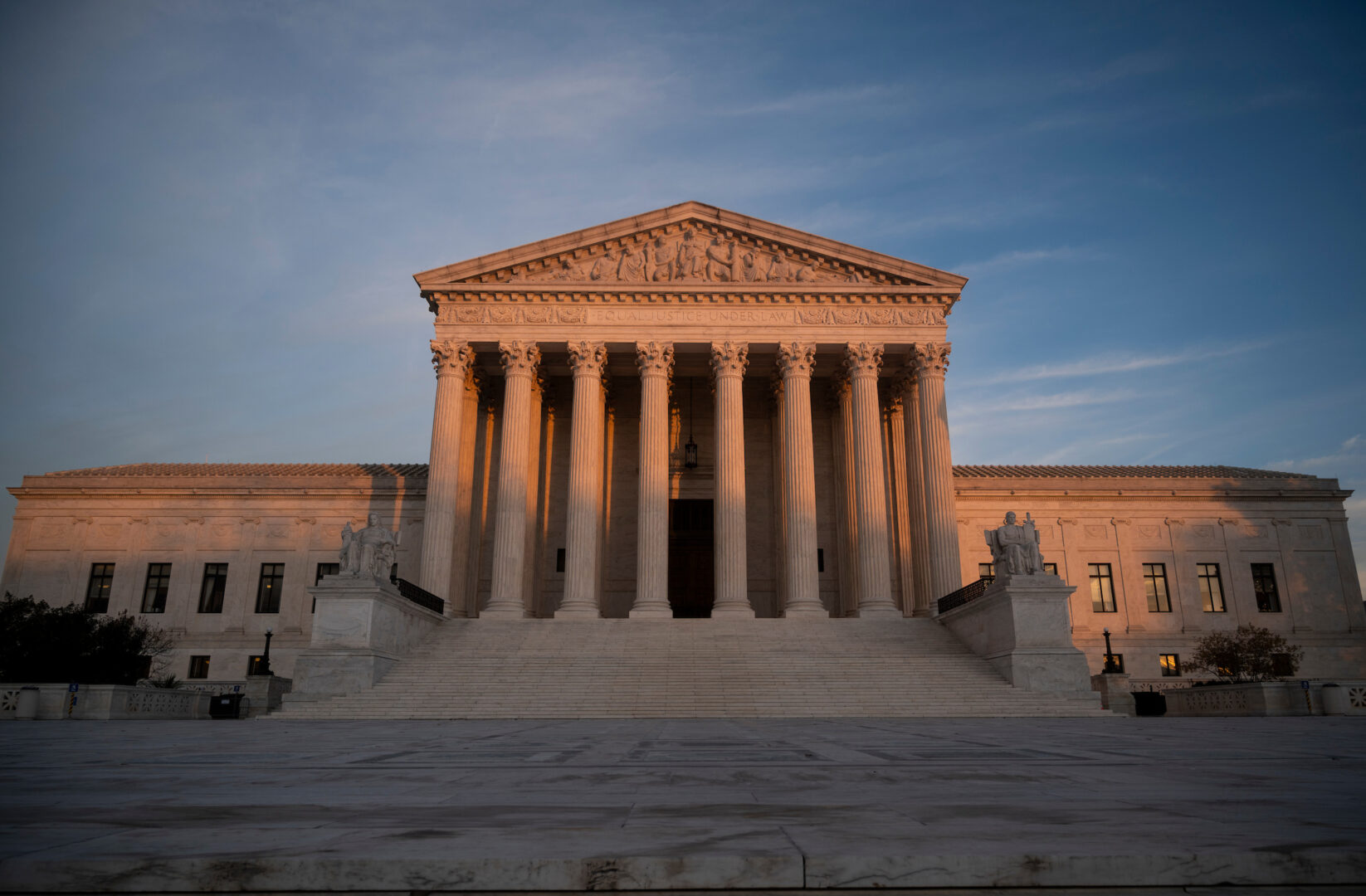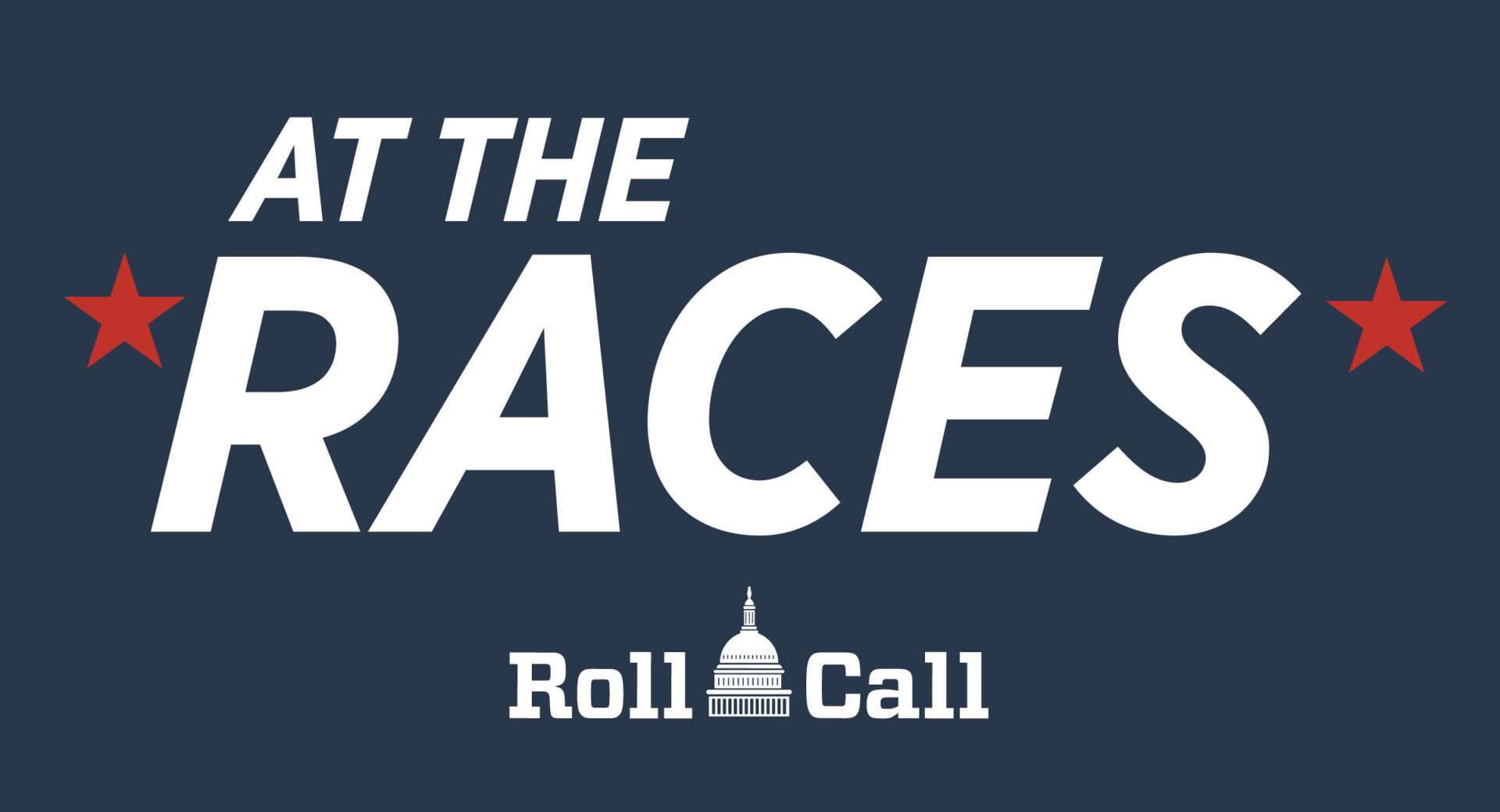Supreme Court blocks EPA’s cross-state air pollution plan
Majority finds Biden administration did not explain what would happen if states dropped out

The Supreme Court paused enforcement of the EPA’s cross-state air pollution plan in a decision Thursday that sided with industry groups and Republican-led states.
The 5-4 decision halts the plan meant to cover 23 states while legal challenges play out at the U.S. Court of Appeals for the District of Columbia Circuit.
Writing for the majority, Justice Neil M. Gorsuch said the administration did not adequately explain how the plan would work if less than the full number of states were involved, which is what happened after several states challenged the plan in court.
“Although commenters posed this concern to EPA during the notice and comment period … EPA offered no reasoned response,” Gorsuch wrote.
That “pitfall” doomed the EPA’s effort to keep the plan in place while fighting off the challenge in court, Gorsuch wrote.
Federal law requires that agency decisions be “reasonably explained,” and the challengers are likely to prevail on their argument that the rule doesn’t do that on the issue of states dropping out of the plan, Gorsuch said.
“Perhaps there is some explanation why the number and identity of participating States does not affect what measures maximize cost-effective downwind air quality improvements. But if there is an explanation, it does not appear in the final rule,” Gorsuch wrote.
The EPA started the cross-state plan in March 2023 as part of a national effort to reduce air pollution that crosses state borders. The administration used the “good neighbor” provision of the Clean Air Act, which normally calls for each state to approve a plan to reduce pollution that crosses into other states but makes them subject to EPA approval.
EPA officials rejected all plans from the 23 states involved and created the national framework. But many of the states involved challenged their rejections in court and the plan only covered 11 states as of oral arguments in February.
Ohio and industry groups have filed a challenge to the full EPA plan, while more than a dozen suits from industry groups and states challenge aspects of the state rejections and industry inclusions.
Justice Amy Coney Barrett in a dissent joined by the court’s three Democratic appointees, criticized the majority for ignoring the parts of the case that got in the way of its preferred outcome. Barrett wrote that the complaint about states not being included was unlikely to result in the overall plan being tossed out of court.
The plan’s “cost thresholds and emissions limits did not depend in any significant way on the number of States included, so the drawbacks of severability were minimal,” Barrett wrote.
Barrett wrote that the difference between one state being in or out of the plan didn’t matter for the limits on an individual polluter, a fact the majority ignored.
Barrett also criticized the majority for constructing the states-dropping-out-theory live during oral arguments and then holding it against the EPA that officials there hadn’t dealt with that all along.
Barrett wrote that, given all the problems with the challenge from states and industry groups, “They are unlikely to succeed.”
“The Court, seizing on a barely briefed failure-to-explain theory, grants relief anyway,” Barrett wrote.
Lawmaker reaction
Sen. Roger Wicker, R-Miss., praised the ruling on social media, posting it was “just silly” to blame rural states for air quality problems in major cities. Wicker, along with more than 40 other Republicans in Congress, signed onto a Supreme Court brief opposing the EPA plan earlier this year.
Sen. John Barrasso, R-Wyo., the chair of the Senate Republican Conference, said states should lead on cross-state emissions standards, and the EPA “should note: good neighbors aren’t borne from bad Washington landlords.”
The decision attracted criticism from Democrats in Congress and environmental activists. Senate Majority Leader Charles E. Schumer, D-N.Y., posted on social media that he would keep fighting for a rule the court “wrongly” put on hold.
“The EPA’s Good Neighbor rule is expected to save thousands of lives, reduce asthma cases significantly, and have more public health benefits,” Schumer said.
Sen. Jeff Merkley, D-Ore., argued in a statement that the EPA had followed the law with its plan to reduce ozone pollution.
“Once again, the MAGA majority on the Supreme Court put the profits of corporate fossil polluters over the health of the people and the law. This is wrong,” Merkley said.
Sen. Brian Schatz, D-Hawaii, criticized the decision in a statement. “Air pollution doesn’t recognize borders — that’s exactly why Congress gave EPA the authority to regulate it. This ruling delays critical action to support the health of our communities and our planet,” Schatz said.





